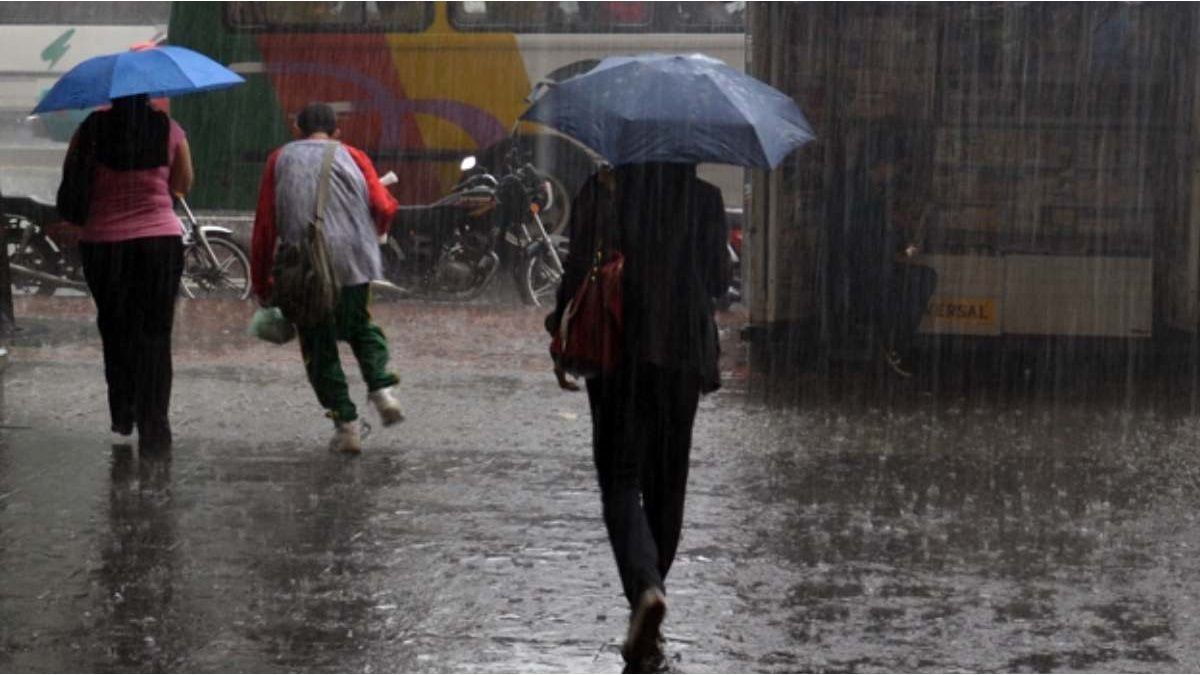According to the Inumet report, the rains will come on June 20, but not enough to alleviate the low levels in the basin.
Montevideo and the metropolitan area They continue to run against the clock in a climatic context that does not help to recover the low levels currently found in the basins that supply this area of the Uruguaywith a forecast for the days June 19 and 20 with the expected rainfall but that will be less than 5mm.
The content you want to access is exclusive to subscribers.
According to the latest report of the Uruguayan Institute of Meteorology (Inumet) on the precipitation prospects for the basins of St. Lucia and of the Silver river In the medium and short term, the news is not good for the supply of drinking water for the metropolitan area of the country.


During the first fifteen days of June no significant rainfall was recorded in the basins, keeping the values accumulated month by month well below. However, both for the Santa Lucia and Río de la Plata basins, an atmospheric anomaly is expected to bring rain between the 19th and 20th of this month, but less than 5mm, being the only time in June that rainfall is expected.
Despite the hopeless news for the month of June, the report establishes that as of July and August Significant precipitation biases are identified in Uruguay that will come from the southern brazil. “Future important rains in the first instance will recharge the soil and then could generate surface runoff and increase the flow of the Santa Lucía and the Rio de la Plata”, states the report.
Severino Pass in critical condition
The Severino Pass dam, the main freshwater reserve that supplies Montevideo and the metropolitan area – which includes the departments of Canelones and San José -, reached a new historical minimum, according to the president of the National Administration of State Sanitary Works (OSE), Raul Monteroto the newspaper El País.
With almost non-existent levels of rainfall during the month of June and a forecast that is not hopeful for the population, Paso Severino currently has 4,000,000 cubic meters of water, in a framework where 200,000 cubic meters per day are removed.
Source: Ambito




